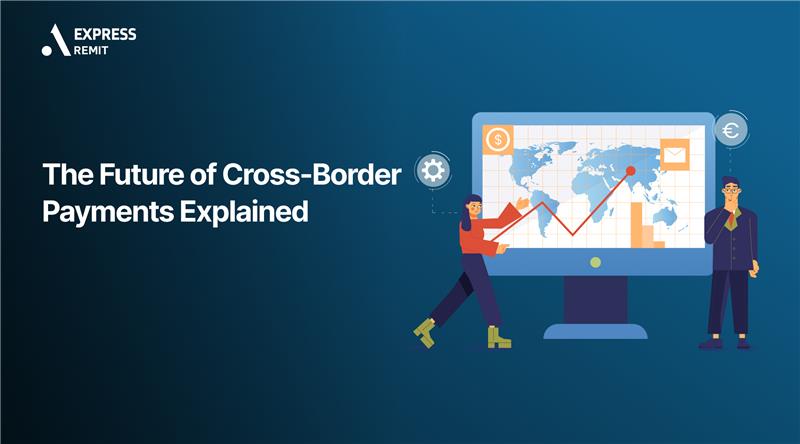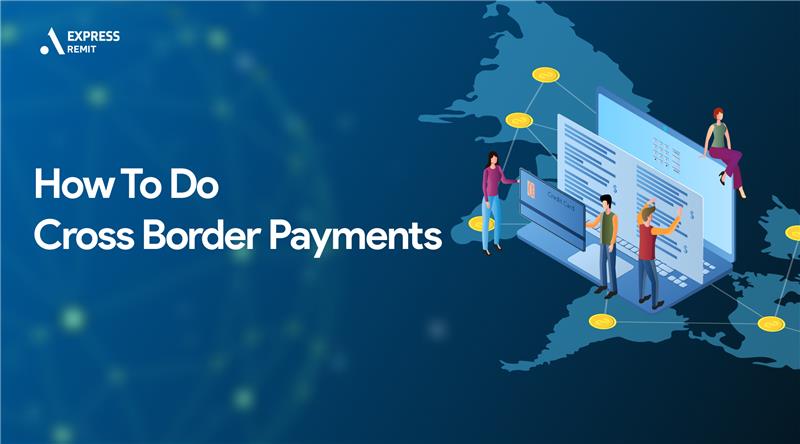QFS Wallet — The Next Generation of Digital Asset Security
In the rapidly evolving world of blockchain and digital finance, security and innovation go hand in hand. QFS Wallet stands […]
QFS Wallet — The Next Generation of Digital Asset Security Read Post »


